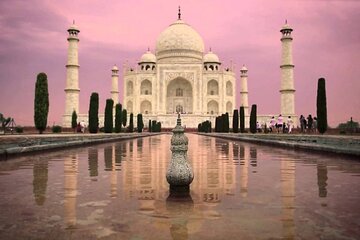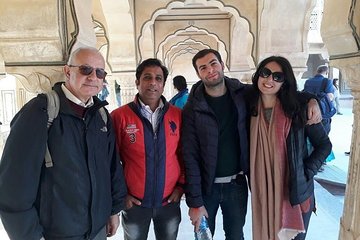India’s largest state in territory, Rajasthan, is known for its vibrant crafts and textiles, stunning Rajput architecture, and sweeping desert landscapes. You’ll find plenty of things to do to hold your interest, ranging from Pushkar’s rowdy camel fair is one and the famed quartet of color-named cities: Jaipur, Rajasthan’s Pink City (and part of the Golden Triangle tourist route alongside Delhi and Agra); the Blue City of Jodhpur, known for its towering hilltop fortress; dreamy, lakeside Udaipur, known the White City; and the Golden City of Jaisalmer, with its sandstone buildings and fort.














































